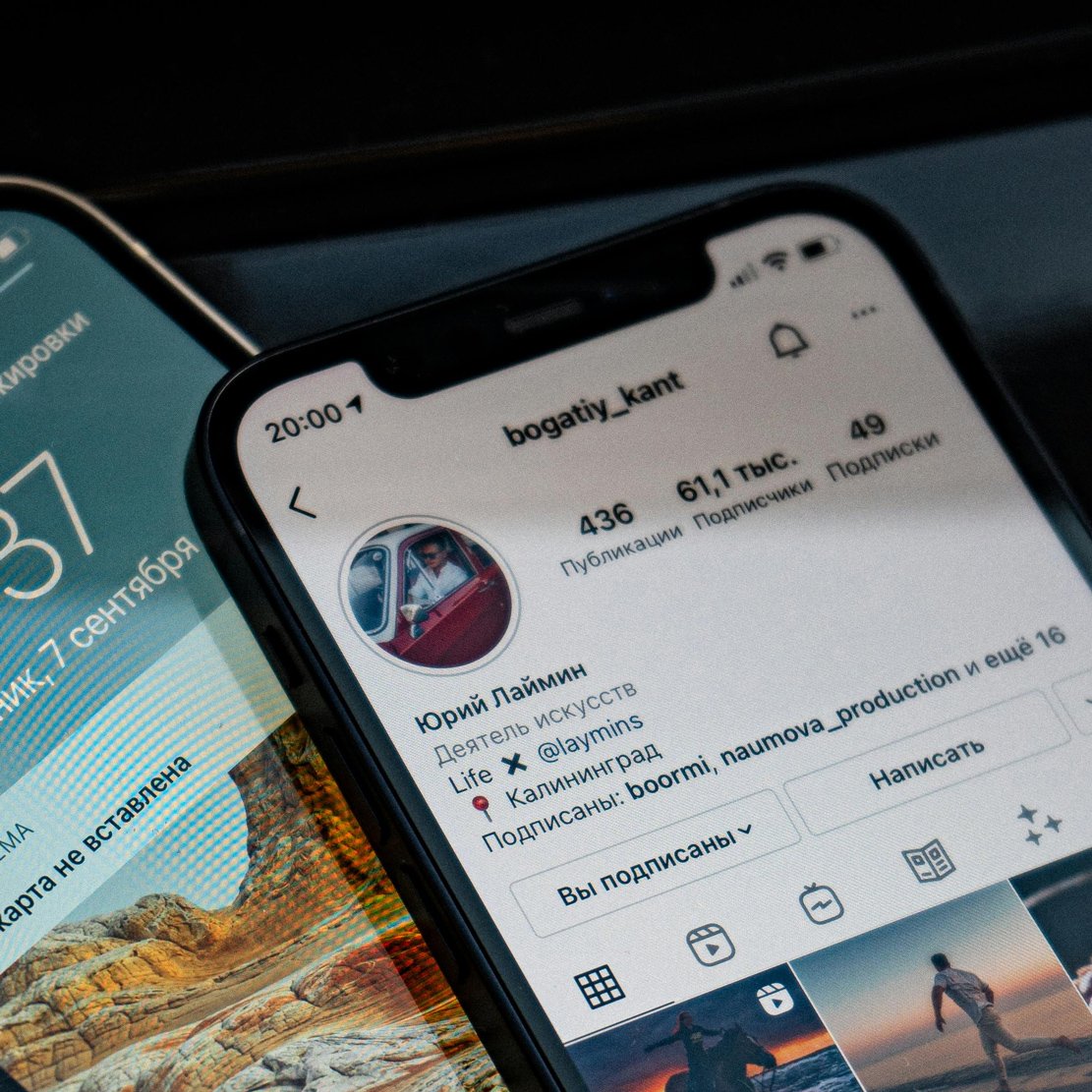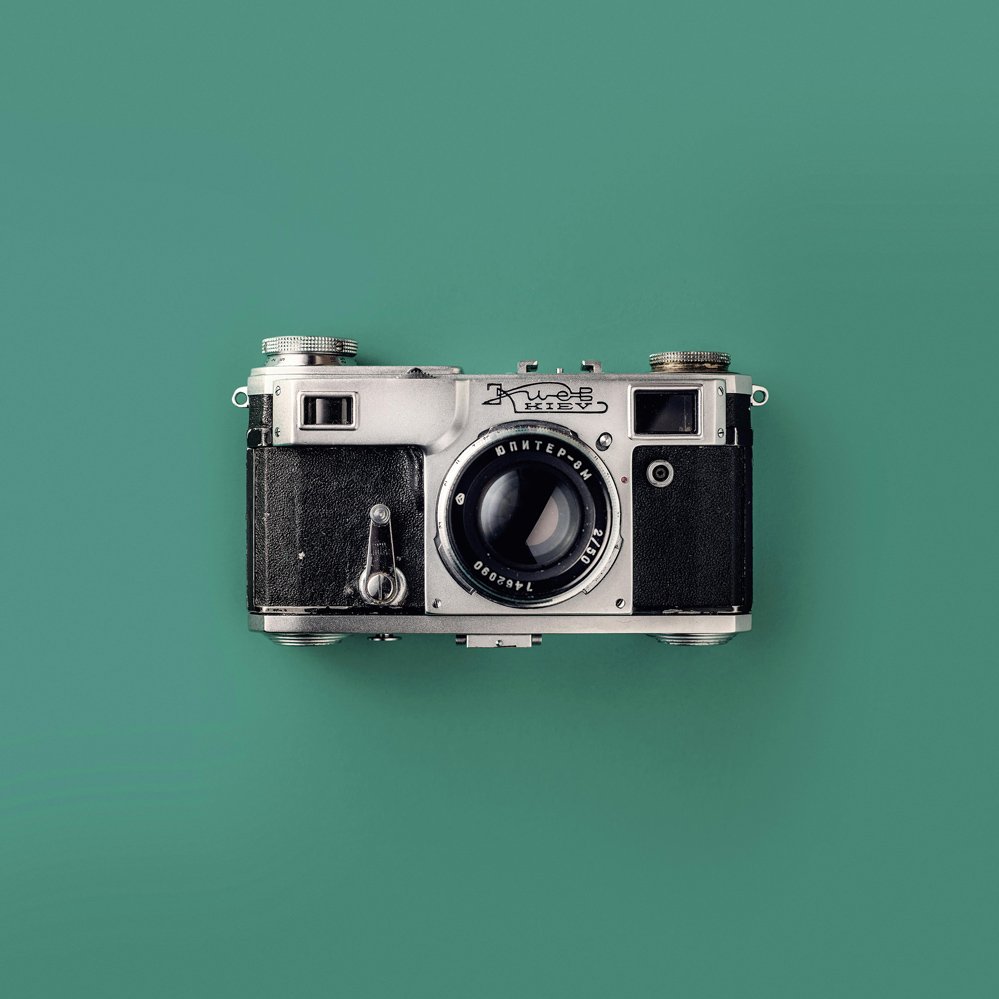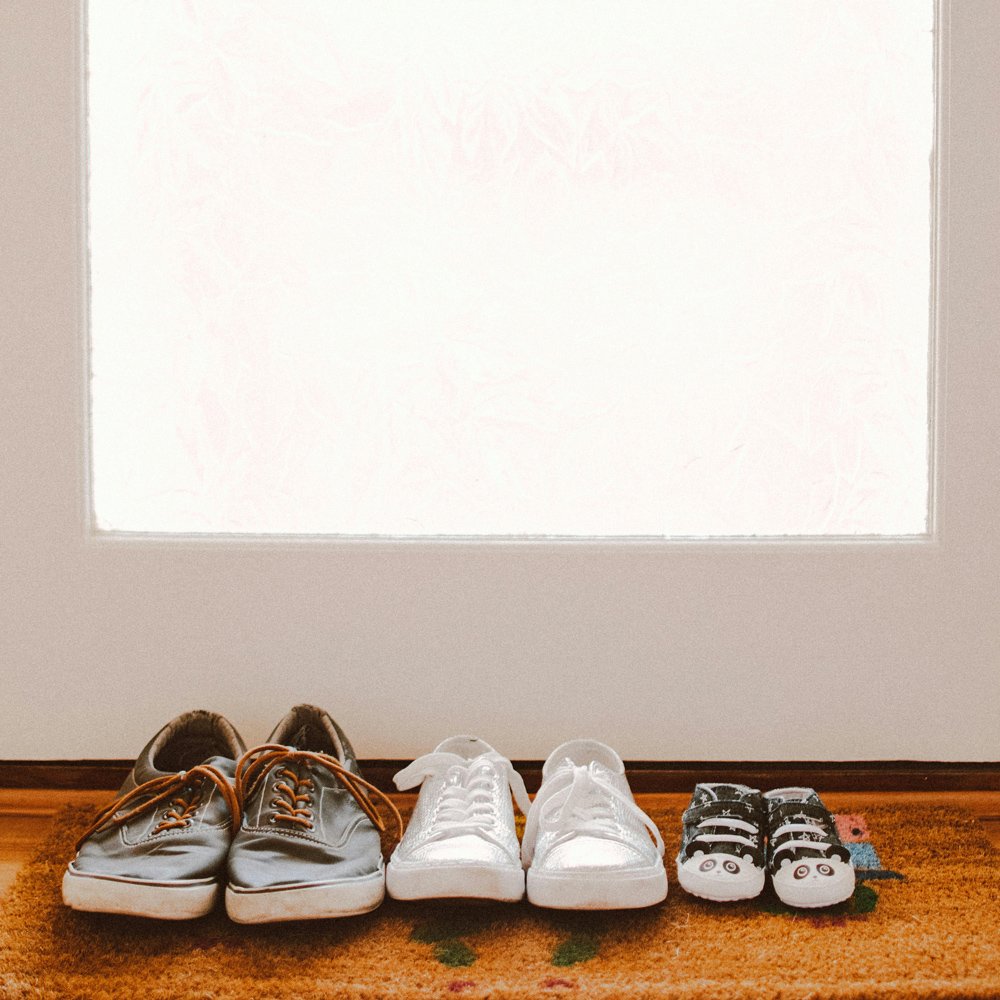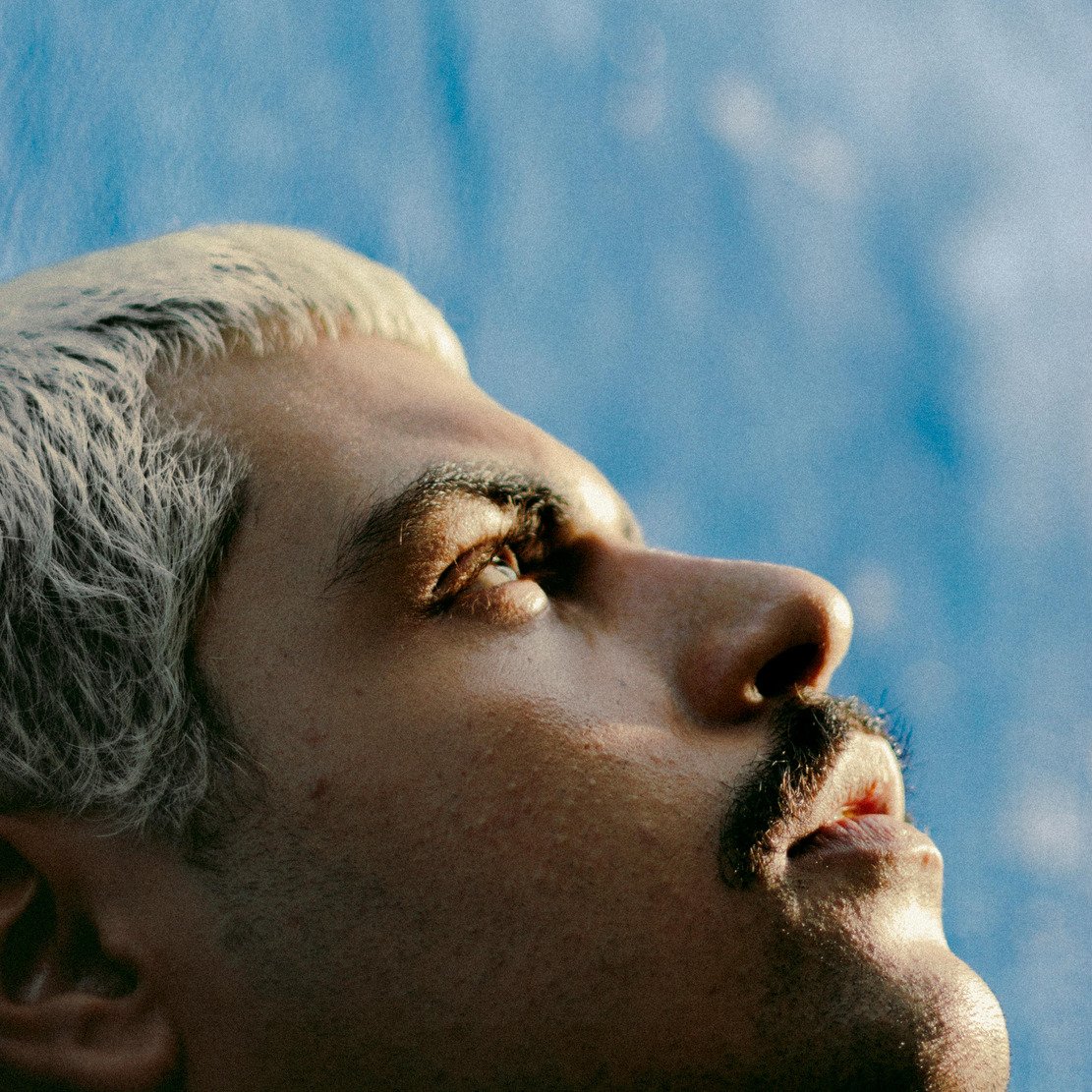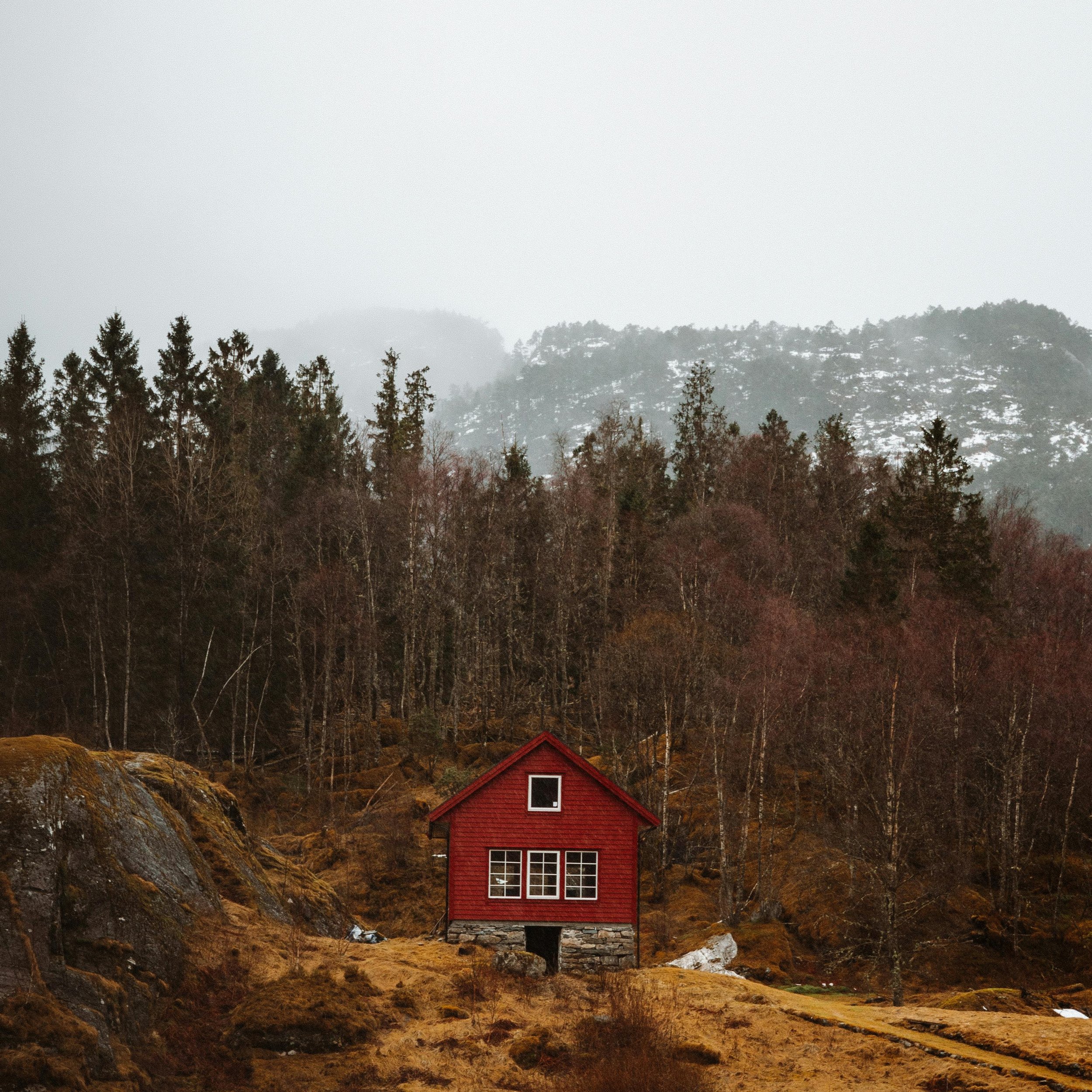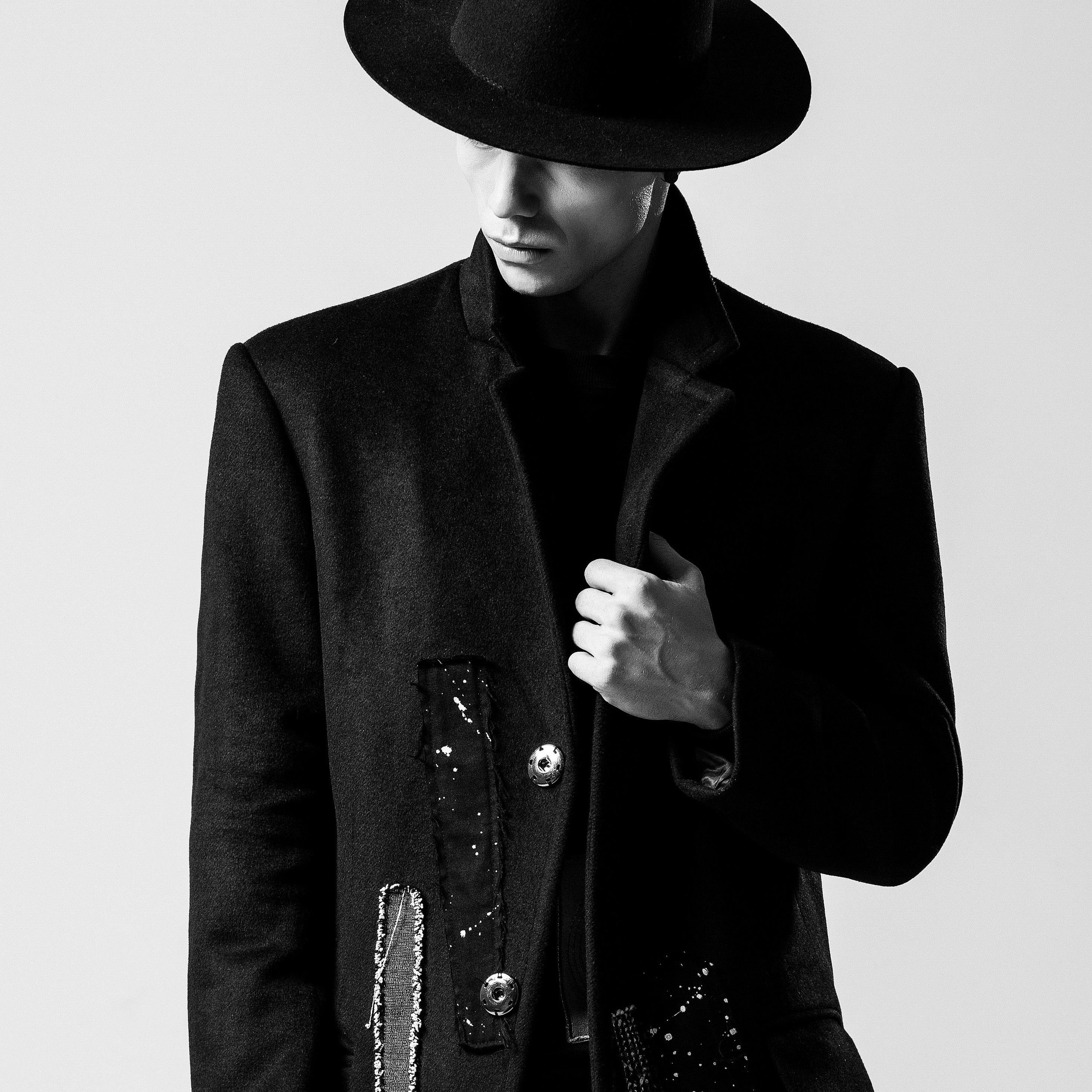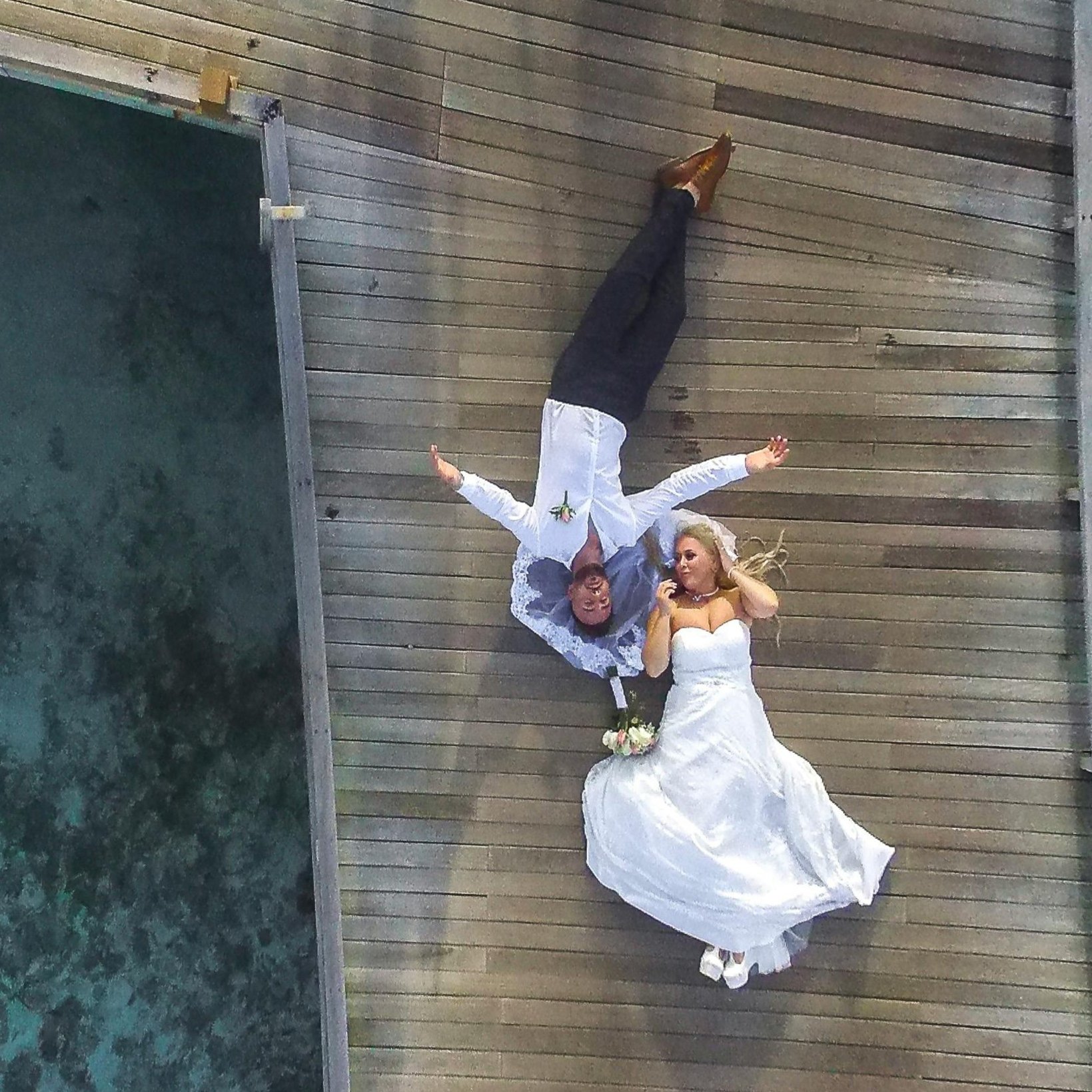Popular Long Exposure Questions and Answers
The long exposure in photography is an especially exciting, but sometimes tricky, technique to employ. For night photography in particular, or to capture motion, it can be an especially useful thing to know. The results can add depth and an ethereal quality to an image.
What do you know about shooting using long exposure? How do you use it in your work? These are frequently asked questions among photographers. And novices can often find long exposure a tricky practice. Here are some typical questions and answers to help:
1. Do I Need to Use a Remote Shutter?
You don't necessarily need to use a remote shutter, but you'll find that in many instances it's advisable. Using the camera’s self-timer or a cable release will ensure you don't touch and wiggle the camera. A tripod, of course, is a must-have in most scenarios.
2. Does a Slower Shutter Speed Capture More Detail?
Not necessarily. Usually, the slower the speed, the fewer the details, particularly with motion. You'll get a blurred effect instead of capturing details which can be a desirable effect in some cases.
3. Do I need Filters with Long Exposure?
No, you do not need to use a filter with long exposure photography. If you choose to use a filter, you will likely need to lengthen your exposure time, or you won't get the right exposure. Keep in mind that it can be challenging to achieve a slow shutter speed without using a filter if you're shooting during the daytime. However, if you would like to use a semi-slow shutter speed, we suggest trying the following steps:
- Use the lowest possible ISO
- Use a narrow aperture
- Wait until the sun is low in the sky just, as it’s becoming darker
4. What is the Correct Shutter Speed for Long Exposure Photography?
There is no single correct shutter speed to achieve long exposure. It depends on several factors including how you'd like your image to look. Selecting a speed becomes easier with time and practice. We recommend shooting at several speeds and taking notes.
5. Is It Possible to Replicate Long Exposure Effects in Post-Processing?
With a few steps, you can replicate the long exposure effects. Keep in mind, that it won't look the same, but it sure comes very close and is an option if you find yourself without a tripod. Here's how:
- From the same perspective (very important), shoot multiple of images.
- Open the images as layers in Photoshop.
- Duplicate the first layer and place it on top of others.
- Go to Edit > Align > Auto-Align Layers.
- Select all layers except for the top duplicated layer.
- Convert to Smart Objects.
- Place the Smart Object on top of the other layer and go to Layers -> Smart Objects > Stack Mode > Mean (this creates the Long Exposure effect).
- Use a mask to blend the two images.














